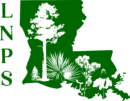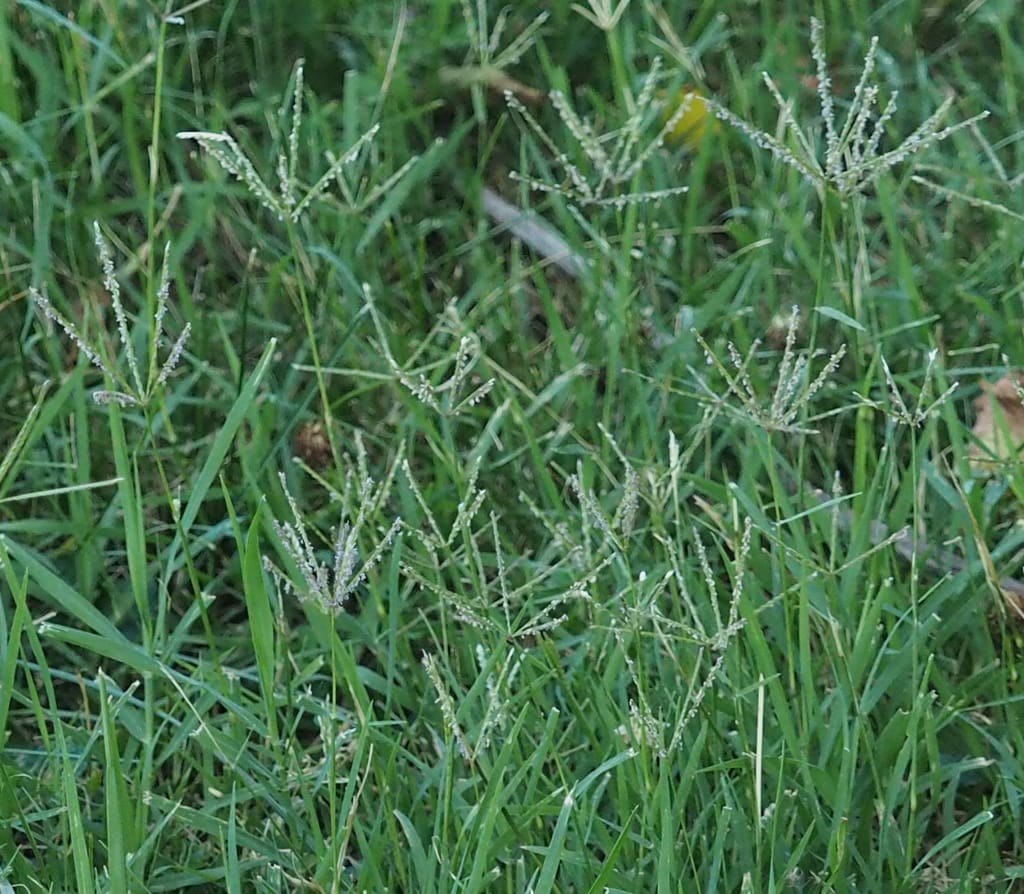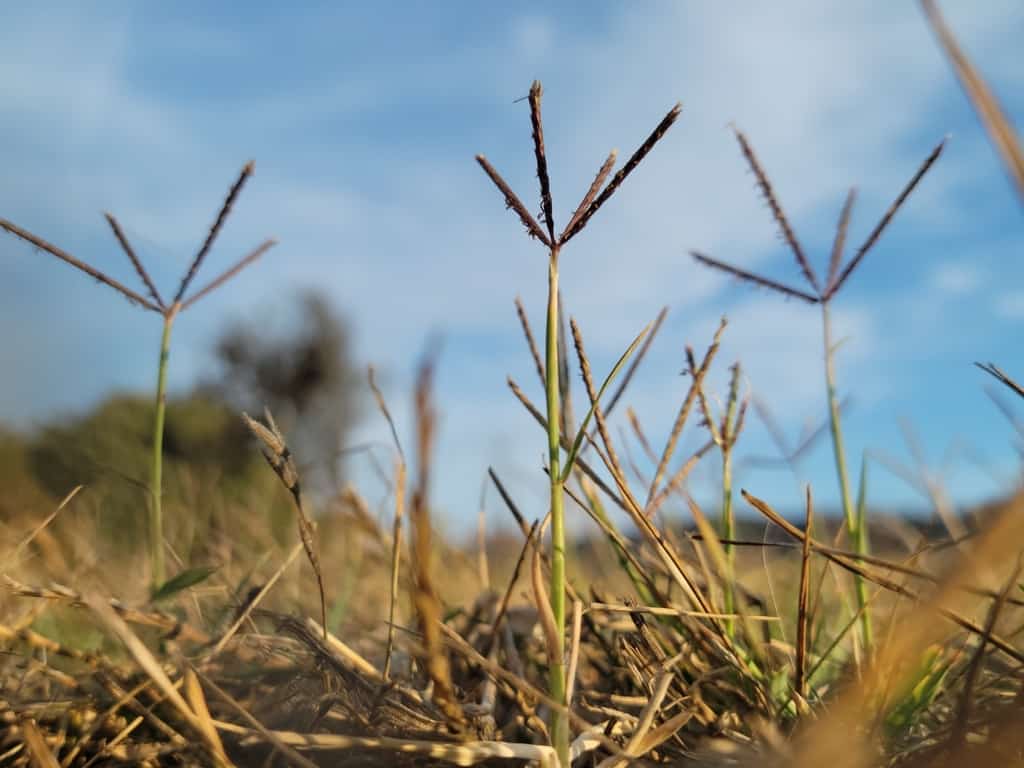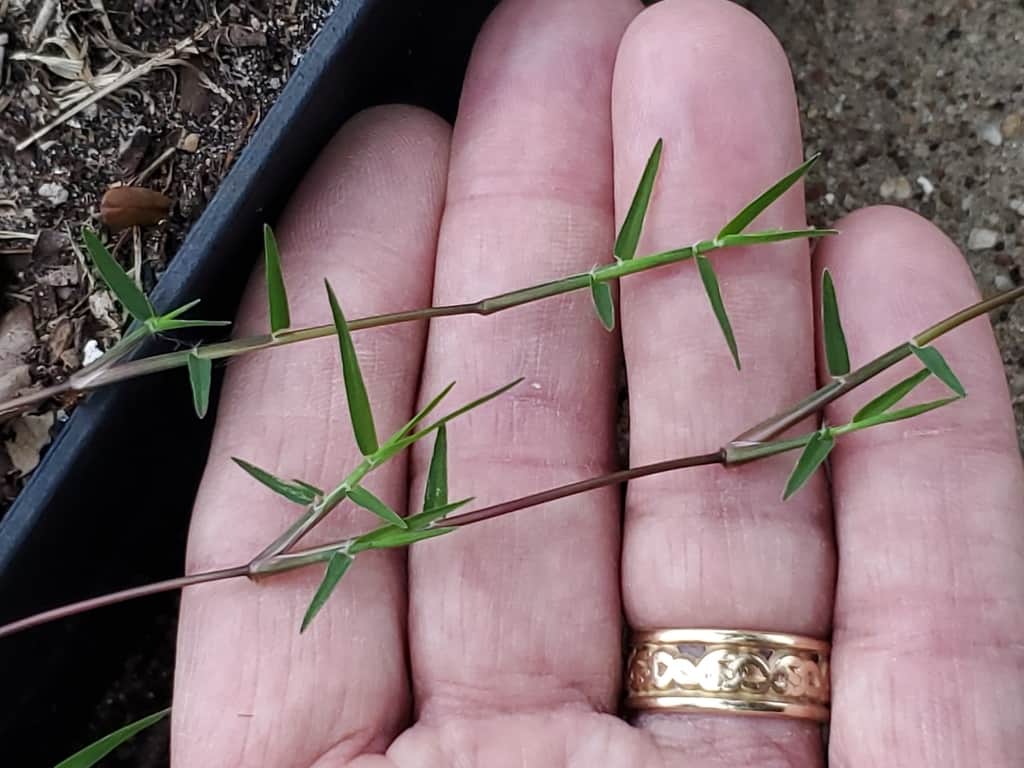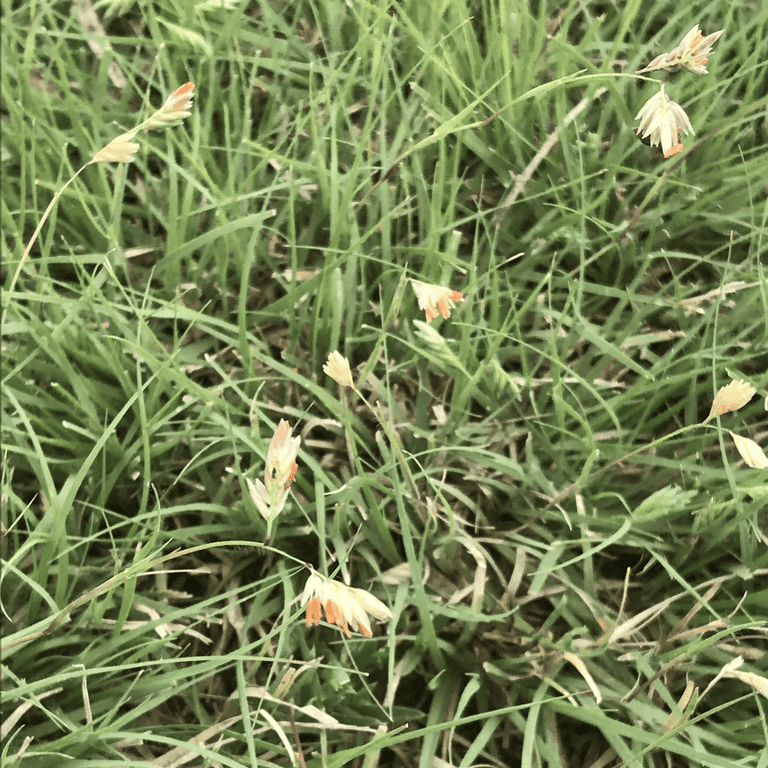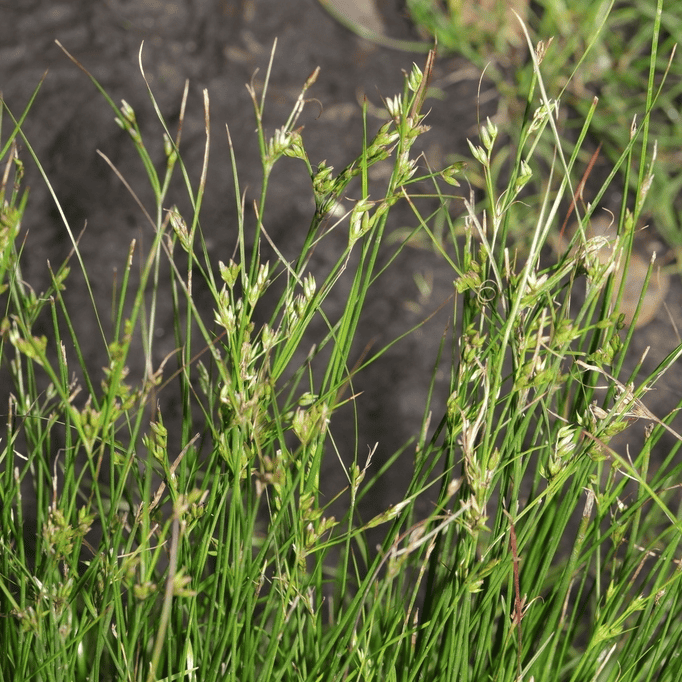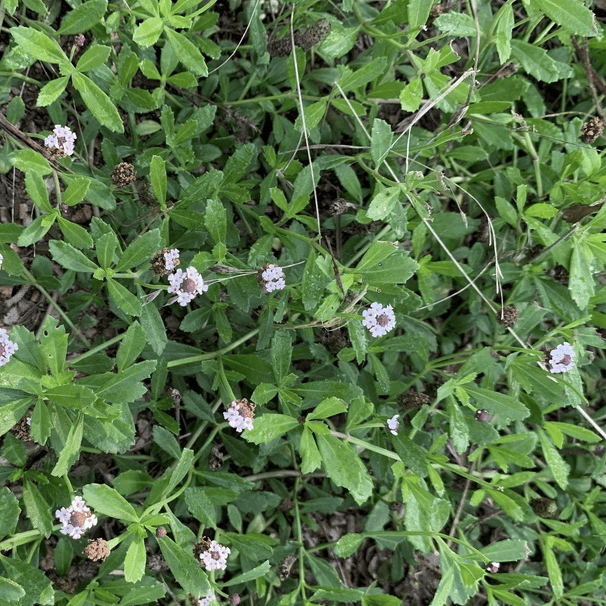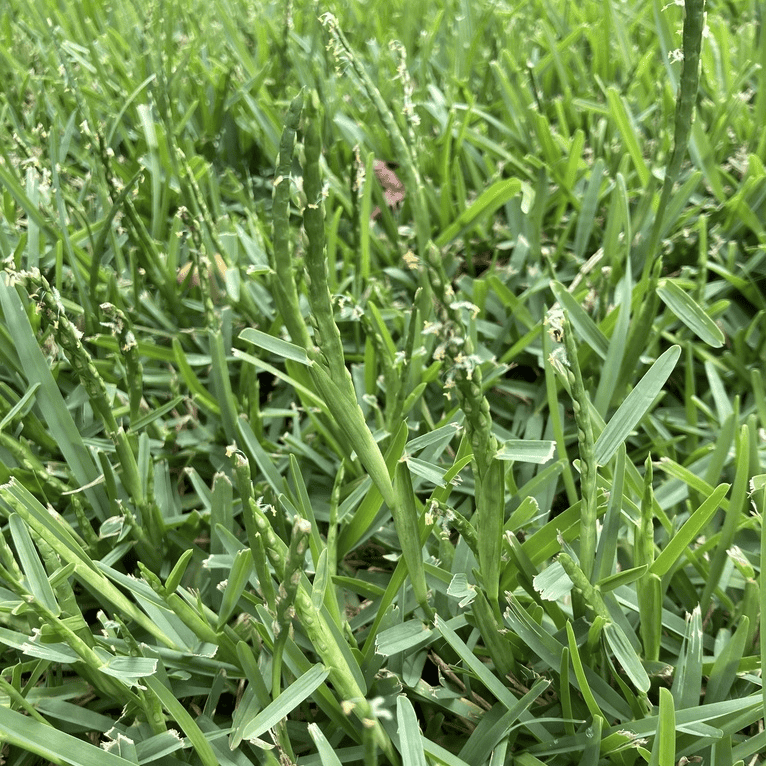This species is a sod-forming grass introduced from the tropics of Asia and Africa. Bermudagrass is classified by the Louisiana Department of Wildlife and Fisheries as a Tier I invasive species defined as “currently causing severe or widespread negative impacts on wildlife or natural communities in Louisiana”. It is used as forage for cattle, so it’s often grown in pastures and hayfields. Bermudagrass seed is readily available at big box stores and promoted as a turf grass for residential and commercial lawns or to prevent soil erosion at building sites.
Obviously, using Bermudagrass hay can unintentionally spread this invasive species. It also can be unintentionally introduced by transporting soil containing Bermudagrass (plant parts and seeds) into an uncontaminated area. It readily spreads by rhizomes and stolons. Soil disturbance accelerates its spread and introduction into newly exposed soils. Because it tolerates some salt, Bermudagrass can become established in Saline Prairies and compete with the native flora there. It also can infest Calcareous Prairie, Coastal Prairie, and sandbars.
Landscape With These Native Plants Instead:
